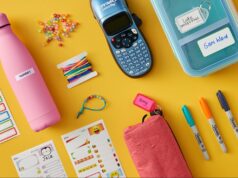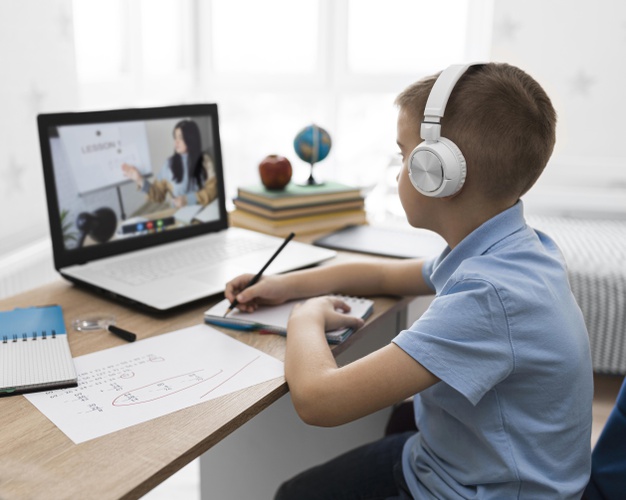
After a long break, it is normal that children will be less inclined to learn, and might have even forgotten some of the things they had learned before the holiday. Learning to read is a process that, like mathematics, is built up in stages. This article covers the basics; how your child actually learns to read from the first letter to the first word. We will also give you tips on how you can effectively support your child, depending on their reading level.
If you are struggling with helping your kids get into their learning groove, some of these tips and tricks will come in handy.
Make learning feel less like learning and more like fun
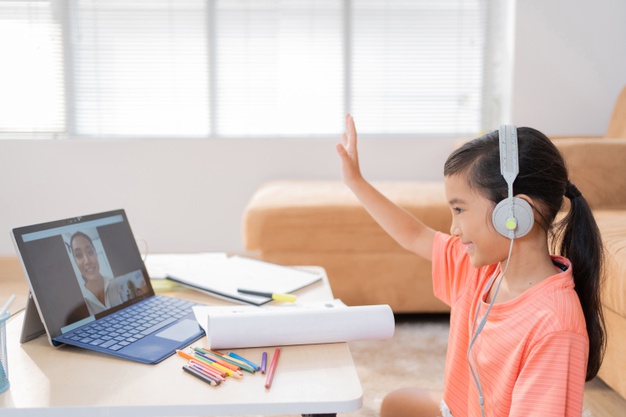
Kids enjoy playing, and when play is implemented in their learning programs, they tend to learn better. There are many ways you can keep your child learning in unique, interesting, and fun ways. For example, while having breakfast, you can spell out words or write the letters of the alphabet with fruits or other food ingredients. Or, you can help them practice their handwriting with kindergarten writing printable worksheets, click here for samples.
Build your child’s curiosity
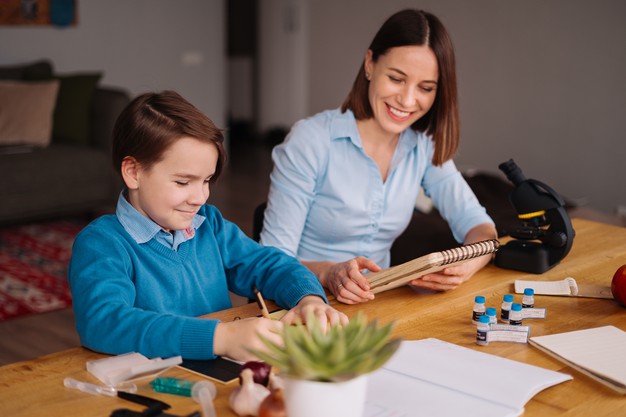
Don’t stifle your child’s curiosity. Encourage them to share their opinions on different subjects, and also communicate their feelings. When reading with your kids, don’t ask them questions that require one-word answers. Rather, ask questions that would get them to think and give you a detailed response. When you teach your child the alphabet, point out objects in the house that begin with the different letters. Also, help them spell out their names, so they can identify the letters that make up their name.
Speak positivity
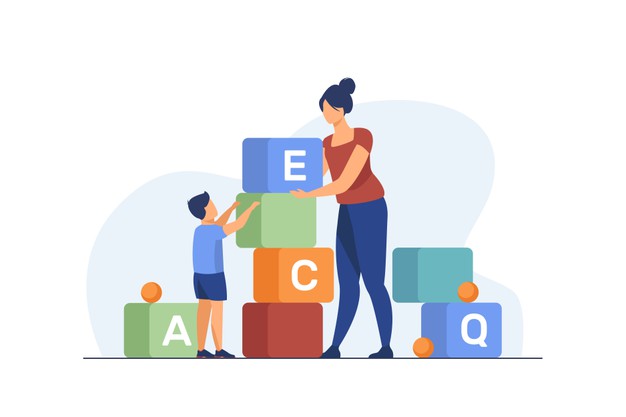
Remind your child often that you believe in them, and take an interest in whatever they are passionate about. Doing this from an early age will help your child build their confidence. Also, your children will have the understanding that learning is important from an early age, and they will be able to come to you with any learning difficulties.
Limit TV time
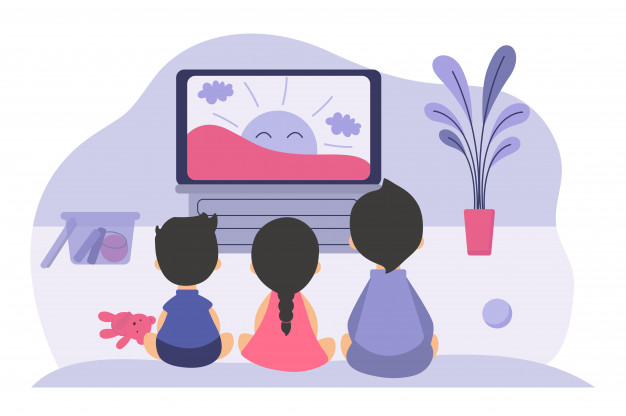
One of the biggest challenges parents are facing now is how much screen time their children get. Try to control how much TV your child watches, and this should not be limited to just the times that they are with you. Set a strict time frame for TV watching, and make your children understand that they are only allowed to watch TV for a period of time; for example, after they have completed their homework, or after dinner. Conversing with adults and other children is important for your child’s social development, and hours spent in front of a screen does not help in any way.
Engage all your child’s senses
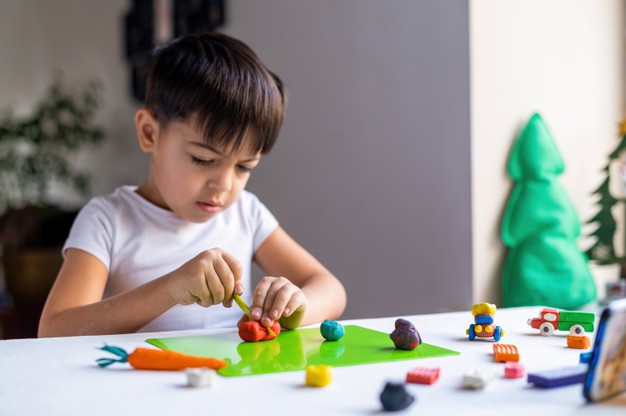
All kids are different, and they learn differently. Some children will learn better with pictures and visual images, while others will learn better through auditory learning. The children who fall under the first category would prefer learning with books and printable worksheets, while the second category of kids will prefer listening to a story. Another category of kids are the ones that enjoy hands-on and practical learning. As a parent, it is up to you to encourage your child to learn with the various learning styles, and promote dexterity. The first learning that your child gets will come from you. If your child builds a solid foundation, they will be motivated to learn more, and will also find it easier to understand new things as they progress.
Knowledge of letters based on figurative (pictorial) features

At this level, your child recognizes letters and words as pictures. For example, it reads brand names or recognizes the shop you are shopping in by the sign. Your child will also recognize their name very quickly; this is also a storage of the word image. Your child begins to write their name in kindergarten. In the beginning, this is not just putting letters together to form a word, but rather like painting a logo.
Children often learn in batches and the study windows are “open” for different lengths of time. I know a child who, when he was 3 years old, fetched his letter box every few days for a few weeks and wanted to know what the letters were called. After that it was able to use a large part of the capital alphabet, but was then of no further interest for about 1 year. It has forgotten practically nothing, but simply picked up at around 4 where the child left off.
Naming sound elements

In this phase the children learn how to assign sounds to letters (sounds to letters – grapheme-phoneme assignment. A grapheme is the letter “A”, the phoneme is the sound). In English language there are more phonemes than graphemes – for example, an “E” is pronounced differently depending on where it is in the word. If you want to start with laying material, but don’t want to tinker yourself, you can also buy the letters. Make sure that there are also lowercase letters in the sentence. This makes sense from around preschool age, because the children then come into contact with similar material in school.
How can my child learn letters?

How do I support my child when they want to learn letters? What do I have to consider? You really only have to pay attention to one thing: pronounce the letters as they sound. You don’t need a complex sound table for this. You just pronounce the “e” just like in the word you are talking about.
If you are lazy, like me, and like to use nice prepared material, I recommend ” The Reading Primary School”. It’s clear, gets to the point, is playful but still (if you want) very goal-oriented. You shouldn’t take the announcement that your child will be able to read with it in 5 days too seriously – give them the time they need. The material is still good.
- Offer!
- Use letter material (upper and lower case).
- Put down the letters and speak the sound to go with them.
- Write down letters and let your child read them.
- Have your child point to letters and speak to them themselves.



